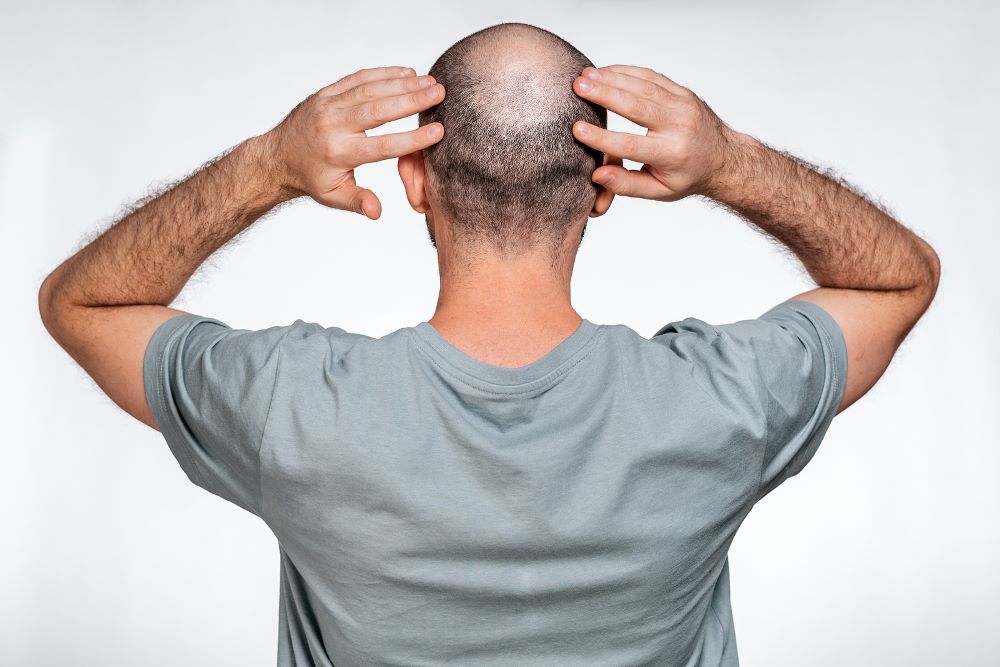Add items to get a Free Gift!
Uncategorized
What is Alopecia? Causes, Symptoms, and Treatments
Table of Contents
What is Alopecia?
Alopecia (or more specifically alopecia areata) is a condition where hair is lost in small patches. It is often unnoticeable or may appear to be hair thinning. But if the patches link together they can soon become bald spots. And while they are most often found on the scalp, alopecia can strike anywhere you have hair, including your eyebrows or eyelashes. In fact, in rare cases you can lose all the hair on your body, in a condition known as alopecia universalis.
Alopecia can develop rapidly or slowly, but it’s more common to be gradual, occurring over years or decades, and is often seen as a part of aging–but it’s actually much different than standard loss of hair due to aging. Alopecia is the most common type of hair loss.
Who Gets Alopecia?
Anyone at any age can get alopecia, including during childhood or teen years. It is generally thought that if alopecia is going to develop, it will usually happen before age 30. It can strike any gender at any time, in any place on the body.
If you have a blood relative with alopecia, then you are 10% to 20% more likely to contract it than the average person, though some scientists believe that this number may be incorrect because so many people try to hide their hair loss. It’s difficult to get an accurate sample of the population as it’s often a concealed condition.
There are also some medical conditions which have been shown to be linked to alopecia to some degree. These include, but are not limited to, asthma, hay fever, atopic dermatitis, thyroid disease, vitiligo, and Down syndrome. Also, people with cancer who have been treated with a drug called nivolumab can get alopecia at higher rates, though current research is unclear as to how much higher.
One large study of medical nurses found that black and Hispanic nurses were more likely than non-Hispanic white nurses to get alopecia. This study has limitations: it was only carried out within the United States, for one, and more research is needed.
What Causes Alopecia?

Alopecia is an autoimmune disease, which means that your immune system is attacking your own body. In the case of alopecia, the immune system attacks the hair follicles, causing them to fall out.
The good news is that while it attacks hair follicles and causes the hair to fall out, it does not destroy the hair follicles. Therefore it is possible for hair to regrow.
What Nutrients Does Your Hair Need?
Some studies have found that some people with a vitamin D deficiency, particularly those with autoimmune diseases like multiple sclerosis and rheumatoid arthritis, are more prone to alopecia. However, a vitamin D deficiency in people who don’t have an autoimmune disease doesn’t appear to be a factor in their alopecia.
What are the Symptoms of Alopecia?
Alopecia symptoms are the loss of hair in patches, usually about the size of a quarter. This may be minimal and look like thinning, or it may be complete and look like a bald patch. It may come slowly or quickly, but one thing to look for is if your hair is coming out in clumps as you brush or comb it–more quickly than natural hair shedding.
While every case of alopecia is different, the hair may grow back as full and thick as it was before, due to hair regrowth treatments.
What are the Treatments for Alopecia?

Alopecia can’t be cured. As it’s an autoimmune disease, it’s a disease that you’ll have for good. That said, there are treatments for regrowing hair and treating the symptoms of the alopecia, while not curing the entire disease.
Corticosteroids
The most common cure that a dermatologist will suggest for the treatment of alopecia is injections of corticosteroids at the site of the hair loss. (They may also be given in pill form or rubbed on as a cream or foam.) Unfortunately, corticosteroids take a long time to work.
Topical Immunotherapy
In severe cases of alopecia, where the patches of hair loss are large, a dermatologist may suggest a more drastic measure: applying chemicals to the scalp in an effort to produce an allergic reaction. While this may cause an itch or a rash (or both) it may also cause the hair to grow back.
Minoxidil
This is the most common treatment for pattern baldness, and is often tried by dermatologists. Also known as Rogaine, minoxidil takes about 12 weeks to work, and doesn’t work for everyone.
Laser Therapy

Low level light therapy (LLLT) uses laser light to stimulate the cellular respiration and stimulate the hair follicles. Studies have shown that this produces thicker and healthier hair, even for alopecia patients. For a long time, this treatment had to happen in a clinic, but now there are take-home, do-it-yourself solutions, such as the Kiierr Laser Cap.
What are the best foods for hair growth?

As there are several nutrients that spur hair growth, such as protein and iron, biotin, vitamins A, C and E, and more, there are many foods that will aid in the regrowth of hair in alopecia patients. These are typically used in conjunction with a more medical treatment like the ones mentioned above, than simply on their own. Here are some foods to add to your diet for hair growth:
- Eggs: strong in protein and biotin, eggs pack a solid punch against hair loss
- Spinach: with iron, vitamin A and C, this gives you a strong push toward hair regrowth. Vitamin A helps the skin glands produce the oils that moisturize the scalp.
- Fatty fish: fish like salmon, mackerel and herring are filled with omega-3 and omega-6 fatty acids which are very beneficial to growing new hair
- Sweet potatoes: these are also packed with vitamin A
- Avocados: full of vitamin E, which has been shown in studies to help regrow hair 36% better than people who didn’t get their vitamin E
- Sweet peppers: when we think of vitamin C, we think of oranges, but a sweet pepper has 5.5 times the vitamin C of an orange
- Oysters: these are packed with zinc, and when the body doesn’t have enough zinc it can lead to telogen effluvium, another form of hair loss
To learn more about laser caps can help combat Alopecia, check out Laser Hair Regrowth and start your hair growth journey today!

 LASER CAPS
LASER CAPS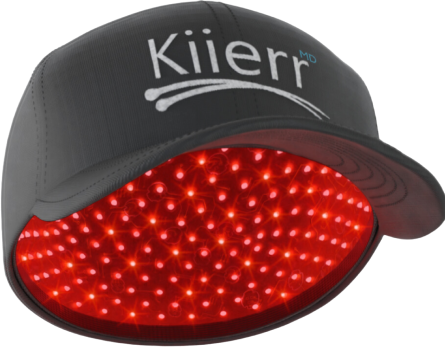



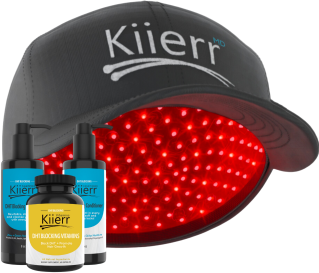
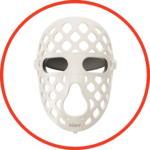 Beauty Products
Beauty Products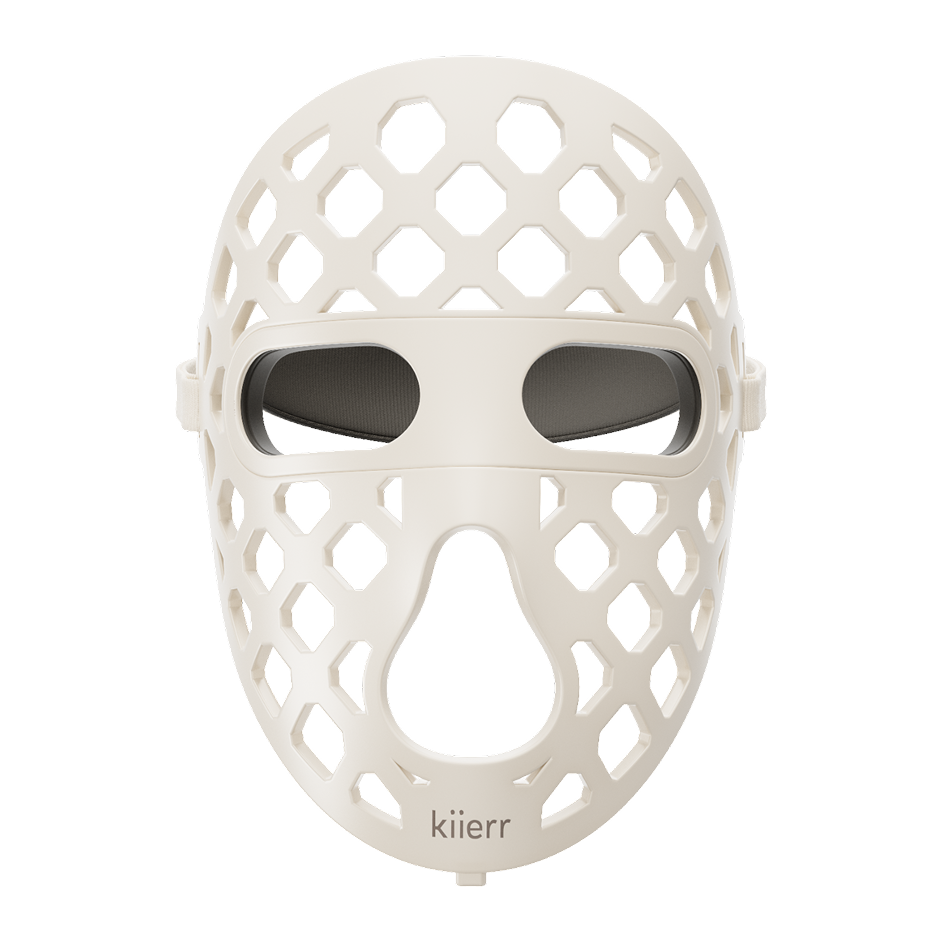





 Daily Deals
Daily Deals RESULTS
RESULTS